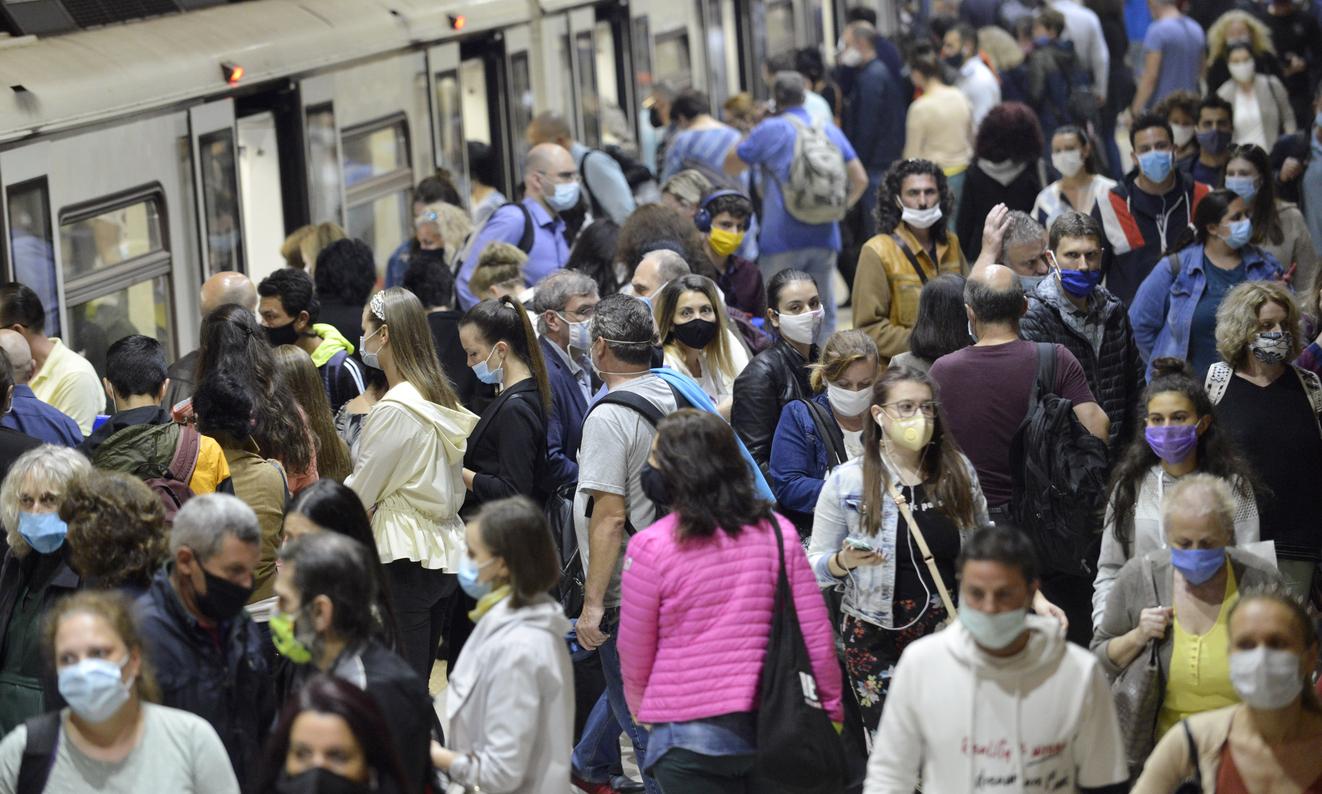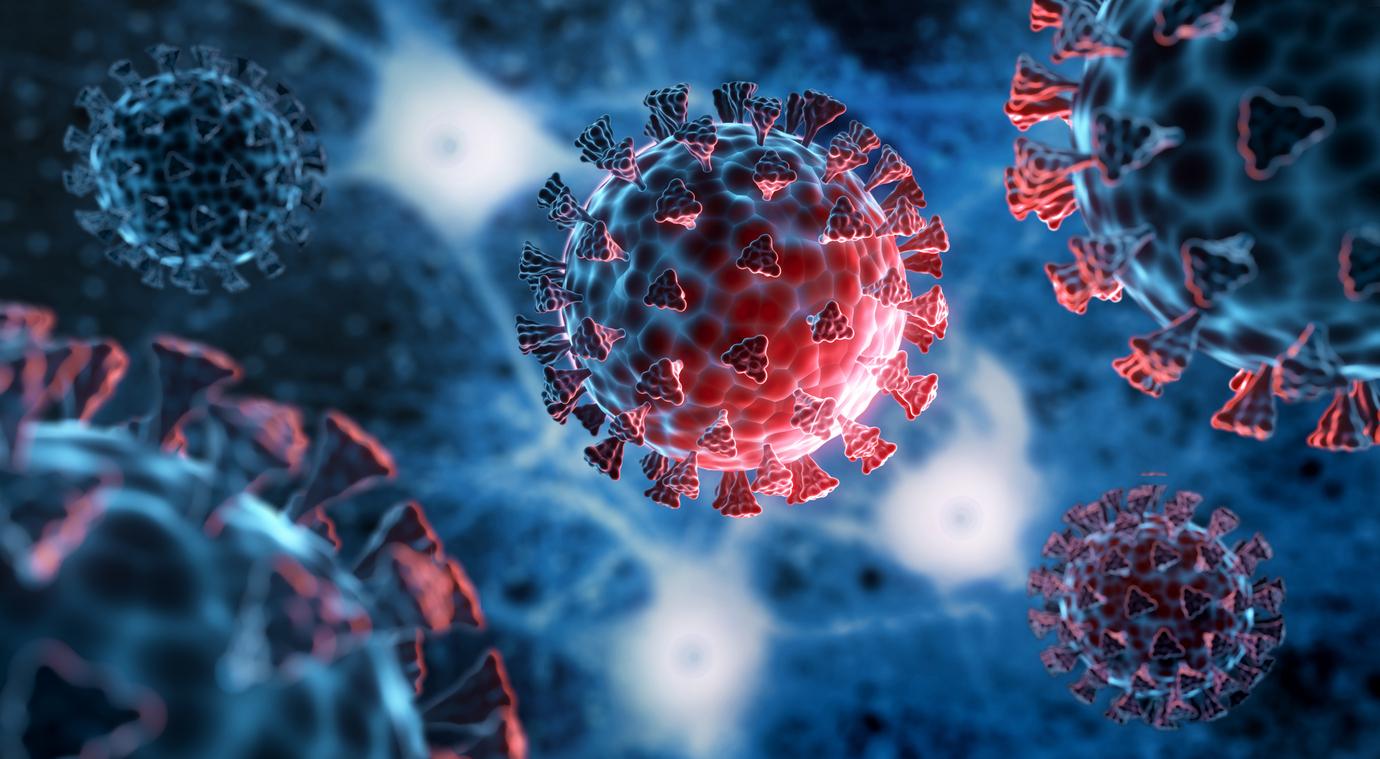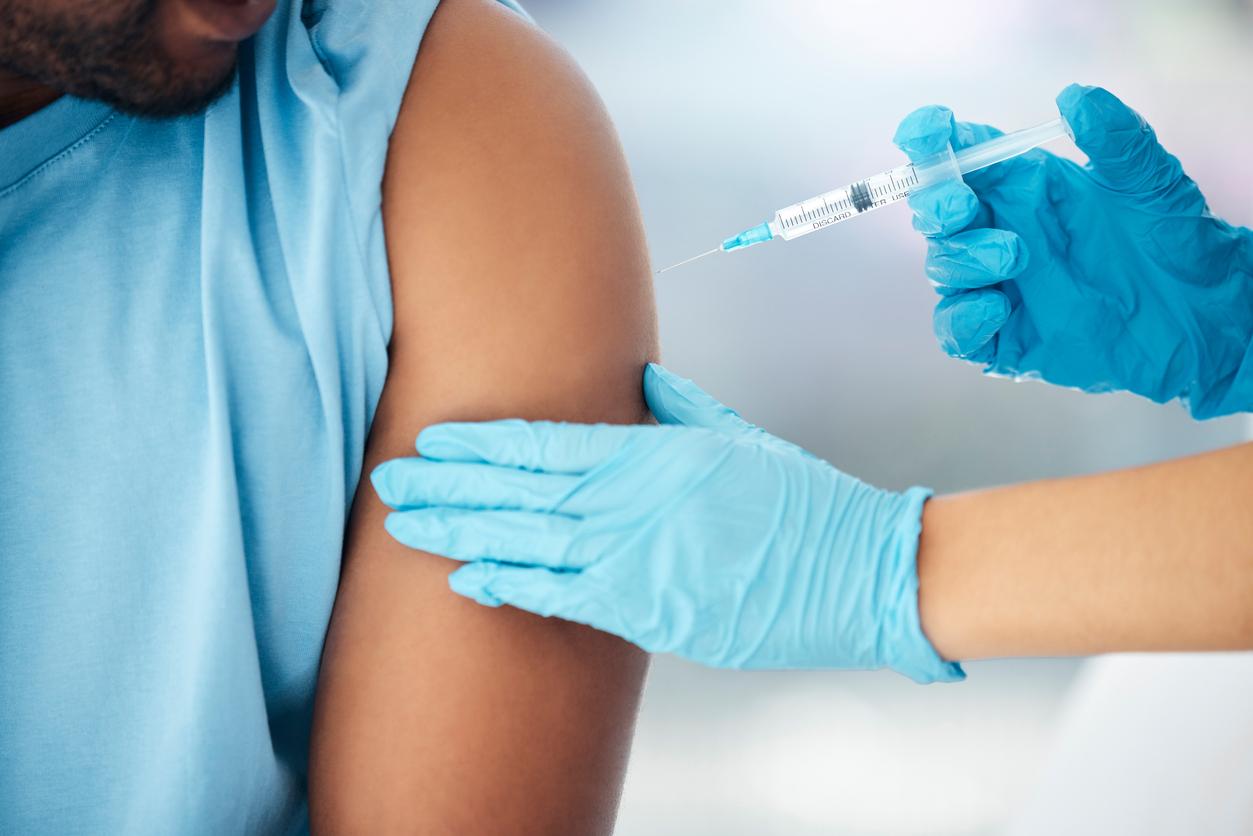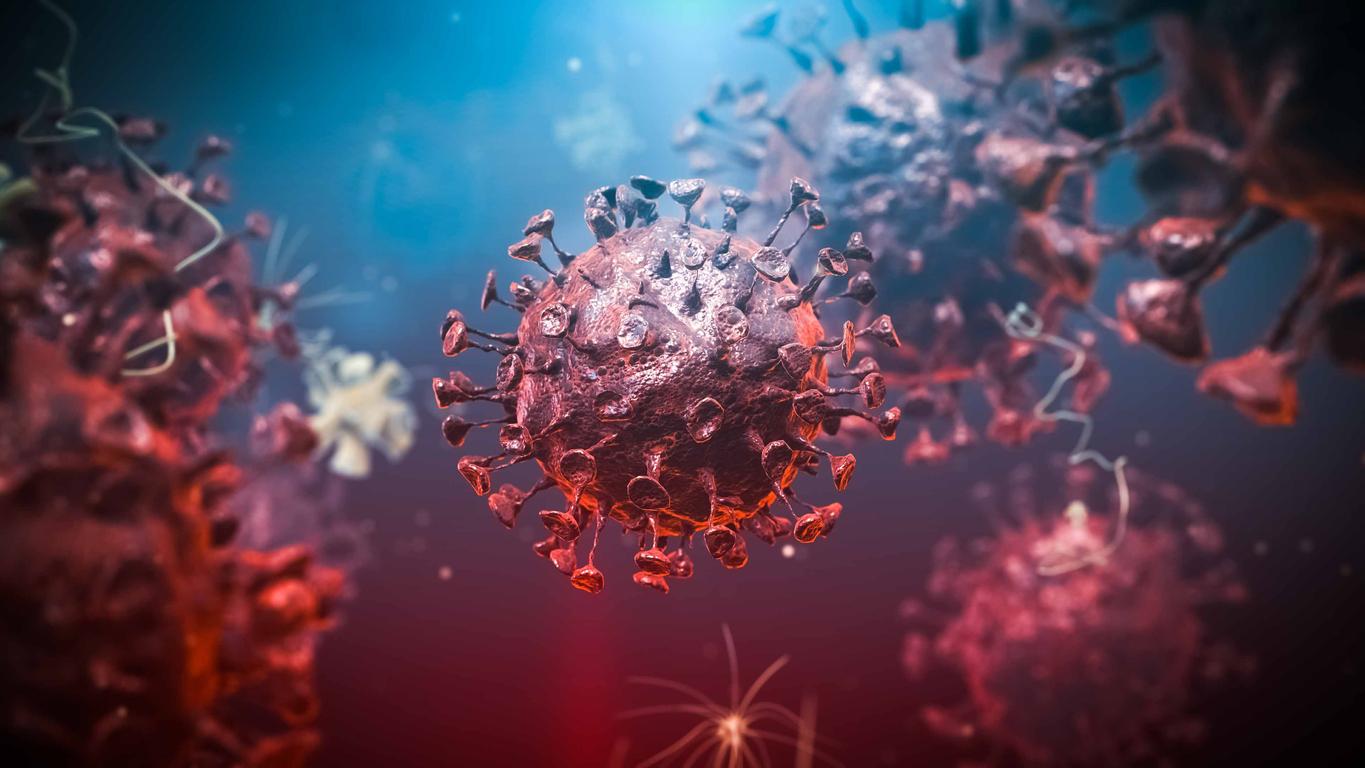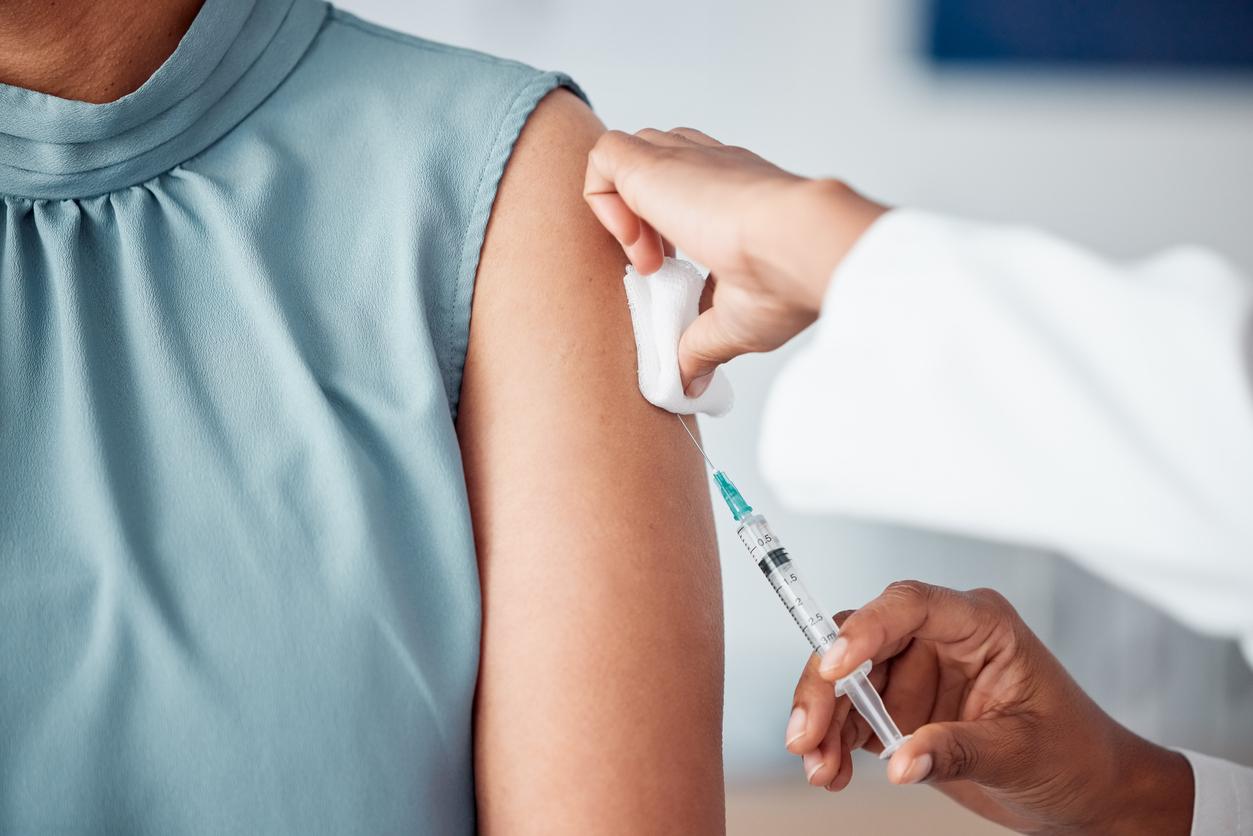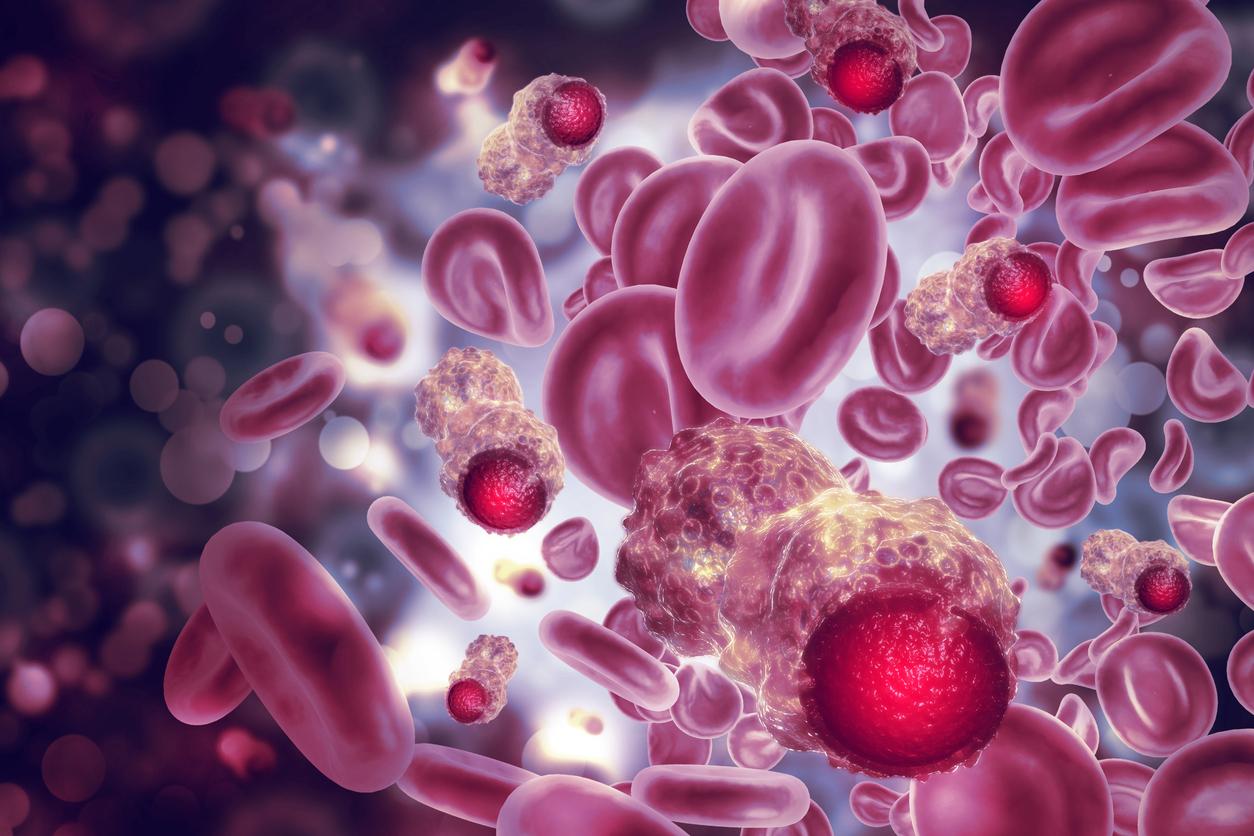Omicron’s BA.5 variant unsurprisingly causes new symptoms, such as night sweats.

- At the last Public Health France update, the BA.5 sub-variant represented 72% of the sequencing carried out.
- This subvariant was first detected in January 2022, in South Africa.
Omicron’s BA.5 variant is progressing in France, according to the latest point of Public Health France, released Monday, July 18. Very contagious, it would also be responsible for new symptoms. Starting with night sweats, according to the British media The Independent.
A slightly different disease
Immunologist Luke O’Neill of Trinity College Dublin explained that he had observed this new symptom. “The disease is slightly different because the virus has changed”, underlines this professor. He explains that the body has a certain immunity to this variant. “This mix between the activation of the immune system and the slight differences in the virus could give rise to a somewhat different illness, with night sweats being rather oddly a hallmark.”, he explains. “But if you’re vaccinated and you’ve had a booster dose, it won’t progress to serious illness, that’s the message to keep reminding people.”
A rapid spread
As the scientific journal points out Nature, the BA.5 subvariant, like BA.4, spreads faster than the others. According to the scientists, the rise of these two sub-variants seems “stem from their ability to infect people immune to earlier forms of Omicron and other variants.”, analyzes Christian Althaus, epidemiologist at the University of Bern (Switzerland). Around the world, except in Asia, protective measures against the virus have been gradually relaxed, which also explains the rapid spread of this new form of SARS-CoV-2. “The rise – and inevitable fall – of BA.4 and BA.5 will be almost entirely due to population immunityadds Christian Althaus in the review Nature, cases rising when protection wanes and only falling when enough people have been infected.”
What evolution?
always in Nature, scientists agree that this new variant will certainly not be the last. More will likely appear in the coming months. “A possible future for SARS-CoV-2 is that it will become like the other four seasonal coronaviruses, whose levels fluctuate with the seasons, typically peaking in winter and reinfecting people about every three years.”, adds the Swiss epidemiologist. But there is a major question mark: the severity of the symptoms. “If it stays like it is now, then it will be a serious public health problem.”believes Christian Althaus.









